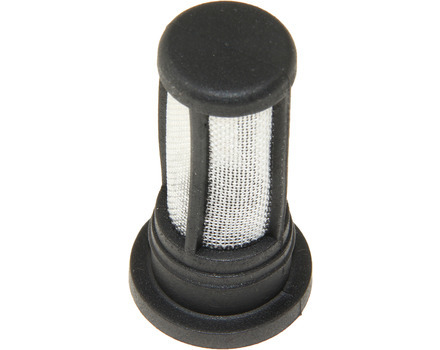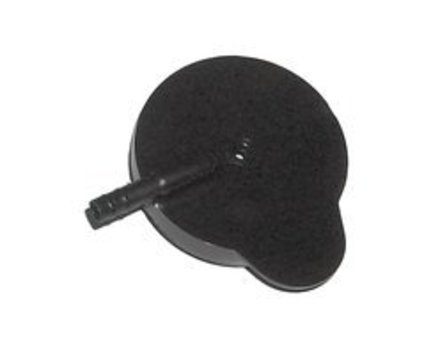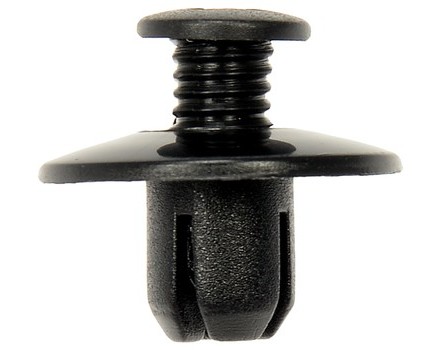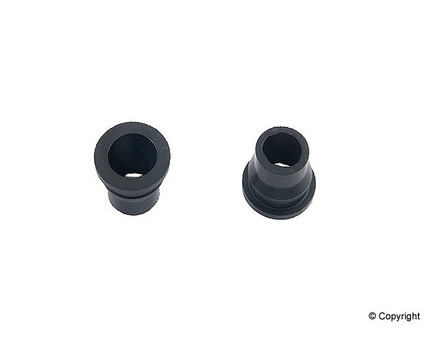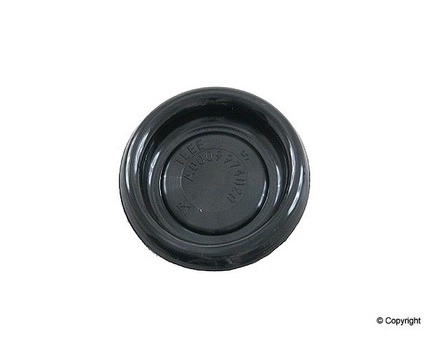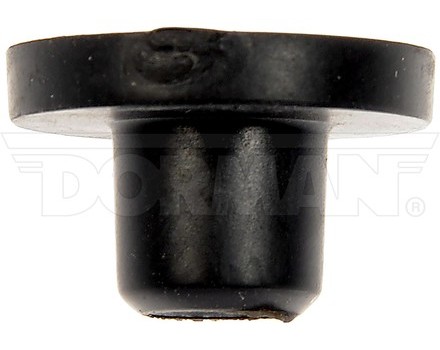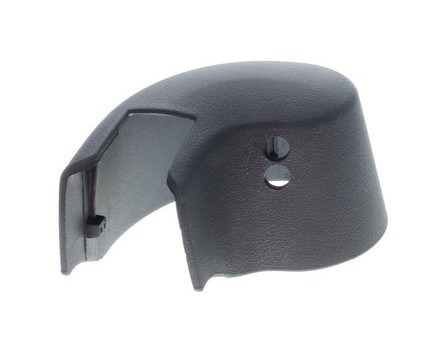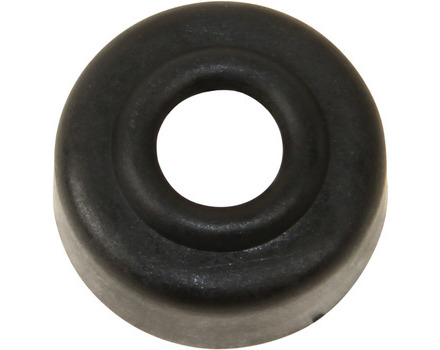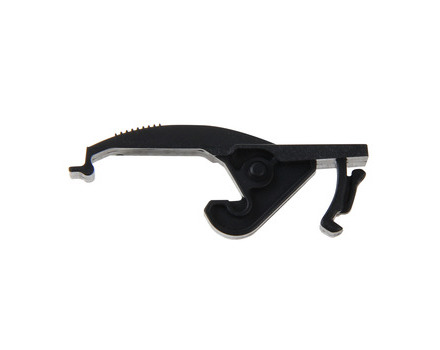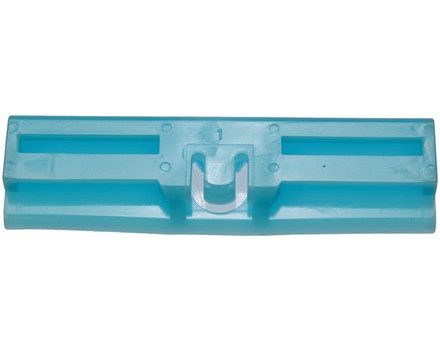Hardware, Fasteners and Fittings
Filter Options
Important: To get started, click the blue "Filter Options" button to select your vehicle and then use the filters to narrow your options.
Important: To get started, select your vehicle on the left and then use the filters to narrow your options.
What is a hardware, fastener, or fitting?
Hardware, fasteners, and fittings are all components used to securely attach and install parts to your vehicle. They can include washers, nuts, and bolts, among other things.
How can I determine if my hardware, fastener, or fitting is faulty?
Inspect your hardware, fasteners, and fittings regularly, looking for signs of corrosion, rust, wear and tear, or other damage. If any of these issues are present, the hardware, fastener, or fitting may be faulty and should be replaced.
Can a faulty hardware, fastener, or fitting cause damage to my vehicle?
Yes, a faulty hardware, fastener, or fitting can cause damage to your vehicle. For example, a faulty fastener could become loose, resulting in parts of your vehicle becoming detached and causing further damage.
How do I replace a hardware, fastener, or fitting?
Replacing hardware, fasteners, and fittings is a straightforward process.
- Begin by loosening the existing fastener with a wrench or socket.
- Once the fastener is loose, remove it from the vehicle.
- Replace the old fastener with a new one.
- Secure the new fastener with the wrench or socket.
How often should I inspect my hardware, fasteners, and fittings?
It is recommended that you inspect your hardware, fasteners, and fittings at least once a year. However, if you use your vehicle regularly, it is recommended that you inspect them more often.
